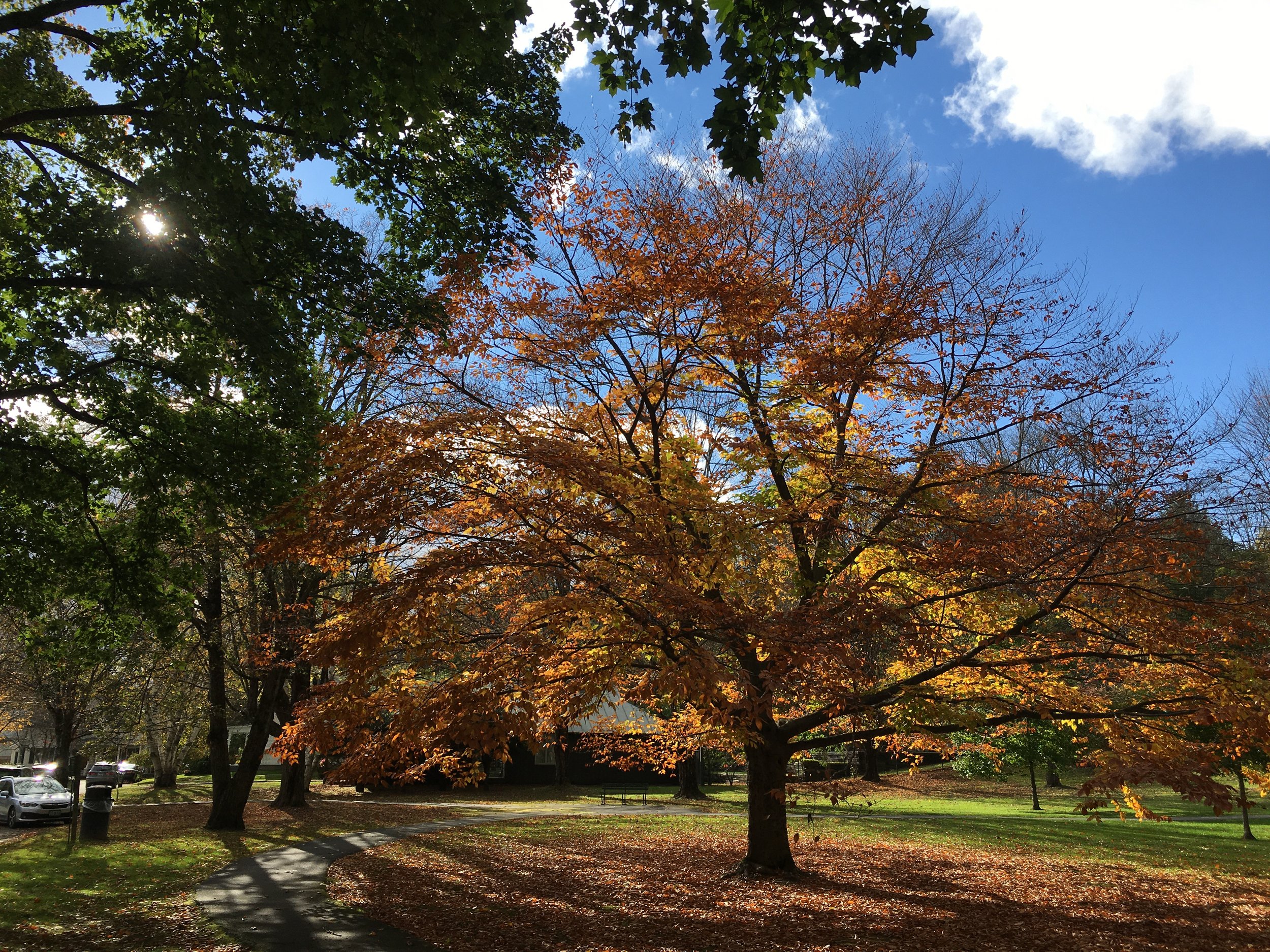Exploring the history of Daylight Saving Time
It turns out, Daylight Saving Time stems from the World War I era, when in 1916 Germany and England adjusted their clocks to save energy.
Faulkner Park in Woodstock, Vt., in late October. (Gareth Henderson Photo)
I was traveling in Peru during my college years, and during a conversation with a Peruvian friend, I mentioned Daylight Saving Time. We lose an hour in the fall, I explained, and set the clocks forward one hour in the spring.
“What, lose hours? We never lose hours,” she said, rather baffled.
Admittedly, and probably like many people, I couldn’t explain why we do this every year. This time, I got curious and looked around for that information. It turns out, it stems from the World War I era, when in 1916 Germany and England adjusted their clocks to save energy, Vermont Public Radio reports, thinking more hours of daylight in the summer would lead to less time indoors. In 1918, upon entering the war, the U.S. did the same thing. This practice was dispensed with after the war, and re-adopted during World War II, but again, afterward, it did not become a lasting national policy. Years later, to make the time zones more consistent, Congress passed the Uniform Time Act in 1966.
In recent days, several people have asked me about efforts to do away with this system on a state level (and it is Daylight Saving, not Savings, as VPR notes). Arizona and Hawaii are the only two states which have passed bills to stick with Standard Time year-round. Federal law does not permit states to switch to Daylight Saving Time all year — that’s why such proposals, like a current legislative bill in Vermont, won’t go into effect even if passed.
It’s always interesting to delve into this kind of historic background, especially on a topic that’s often taken for granted. Daylight Saving Time is not something many people think long and hard about — it’s just a part of life. On my summer travels out of state this past summer, it was occasionally important to know which time zone you’d be in at 4 p.m. Other than that, I think of it two weekends per year.
Though not a huge issue, the autumn return to Standard Time is indeed a harbinger of the cold season, after which darker, frigid nights build up and, eventually, the snow happens. For now, we can enjoy the autumn sunshine, and a whole week of expected 50-degree weather coming up. For us outdoor enthusiasts who aren’t quite skiing yet, we don’t mind a few more fall-weather days before late November arrives.
And of course, remember to turn those clocks back one hour tonight. It might help the week start off a little more smoothly.
— Gareth Henderson

